The Main reason why I Changed form 75mm binding to the Meidjo
Note to the readers: In this article, I will try to give you an honest, but subjective point view. I’m not a gear tester and I have not tried all the bindings on the market. In fact, I have not tried that many. This only reflects my personal opinion and should be taken as such. I’ve put a lot of links pointing to other articles and I hope to help you grasp the essence of my reflexion. Why so much talk about bindings, well for one, it’s the link to the ski. It’s the one piece of equipment that define our sport. Oh, and I haven’t changed bindings every 8 years so I think this is a very important decision…
The Meidjo binding is now in version 2.0
If it ain’t broken, don’t fix it.
The first version was not perfect, nor is any binding in my mind. There were some problems reported by the early adopters.
Early adopters and myself have experienced these problems with the first version, here are some of the things I’ve experienced, seen or heard:
- The binding plate did ice once on me
- The heel lifters pins detached and I lost a heel lifter
- The pins detached in different part of the binding (heard)
- The front low tech bended and eventually broke (seen)
- Bindings ripped from the ski (heard)
- And more I’m sure
Still I had about 20 days in the backcountry with the bindings. And I loved it. Also, I could do a list of similar problems for all bindings on the market, especially on their first year out.
And version 2.0 seems to have solved all those problems and more.
The advantages of the Meidjo are just killing the other options on the market for me.
It’s a TTS alike binding.
Ever since I heard about The M Equipment prototype of a new TTS alike binding, I got exited about the Meidjo binding. You can also listen to the podcast episode on the binding here and also check out my first review of the binding here.
TTS or Telemark Tech System was already on the market and a great option in my mind already. In this article, you will hear me talk about the TTS family bindings. This refers to the original Olympus Mountain Gear’s TTS idea to have the front of the boot attached to a low-tech front piece. The original TTS seems like a great option, I never got the chance to try them.

OMG TTS
It is the first Telemark binding to use this front part of the Alpine Touring (AT) system invented by Dynafit 35 years ago that is still revolutionizing the ski market today.
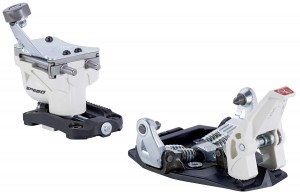
a Dynafit binding, referred as a low-tech binding or just tech binding
Today, TTS is joined by two other models on the market, the Meidjo and the Moon Light Binding, which really is a clone of the original TTS idea, with some refinements.
Low-tech: I saw all my AT friends just effortlessly climbing up the skin track with there low-tech bindings and light boots and while I was left hustling up the mountain. TTS promised that same efficiency with a simple design.
More than any other reason, the efficiency gained in the touring mode is just ridiculous. And I think Telemark as seen a great lost toward Alpine Touring for that reason only. Non-TTS Telemark is just lost in the dust as a backcountry option.
It skis just as good as what I’m used too.
In the last decade, Telemark became very popular. Well as popular as it ever was. The major improvement came from Telemark boots being stiffer and more than anything else, binding feel became active. From the Rainey Super Loop to the 22 design Hammer Head all the way to NTN, the lack of power on the back ski was a problem of the past.
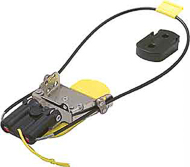
I skied the same pair of SuperLoop for 7 years. That durability
To many, NTN is simply too restrictive and the feeling is somewhat lost. Although I don’t agree with this, I totally understand what the challenge is. Telemark is all about the freeheel feeling. And that’s one thing I really like about the Black Diamond O1 or O2 series. It feels right, it skis great with enough power and feeling.
The Meidjo has a lot of the NTN advantages but with the 75mm norm feeling. Can’t go wrong with that.
It’s step-in
You won’t come back to your old system once you get use to this one.
At first I didn’t think that would be a big thing. I’m so used to getting in and out of my 75mm bindings.
But being a ski patroller and a dad, often times I kept my skis on to do some things that I would have been better without.
Installing a safety net, removing snow under my kid’s boots, shovelling a protecting padding. I even avoided gondola because I didn’t like to get on and off my skis.
In my first impressions of the Meidjo, I didn’t step-in the bindings the way it’s supposed to be done. But after a while it became very easy to get in the low-tech toe piece, so the whole step-in became natural. You do have to harm the system before you can step in, but all in all, it’s a major improvement.
The design
From the start, I was very curious about this new design. I was very confused on how the binding worked. But once I got the binding in my hands, that it got mounted to my skis, that I got to try it for the first time, things changed. The design of the binding is just amazing. The way it operates, the fact that you can adjust the spring tension and the release tension independently. The way the low tech alignment pins guide your boot’s insert, the way the little (flimsy looking but never failed) hook holds your binding in the touring mode all make this binding in a category of it’s own. This binding is innovation.
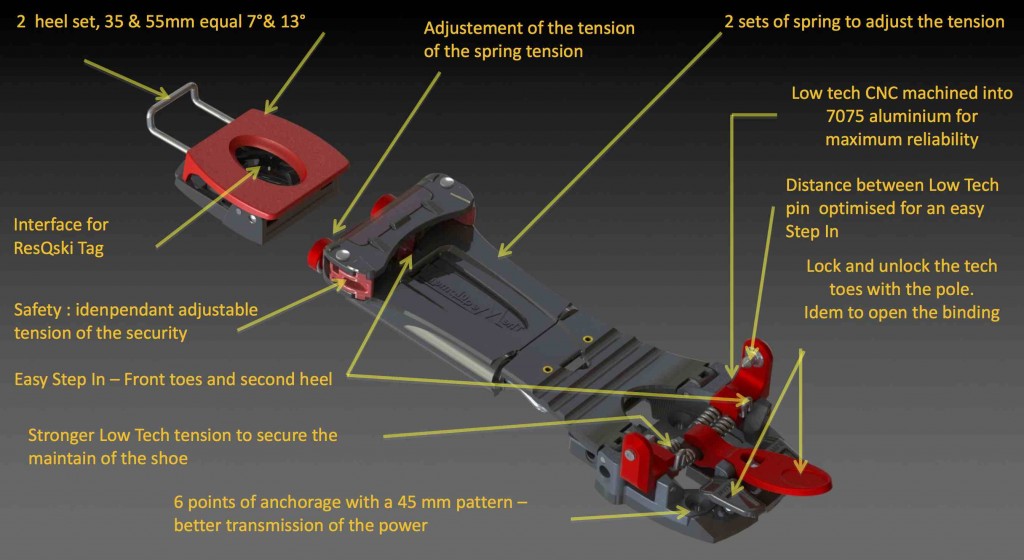
Releasable
It’s a release binding. You can’t go wrong with release ability (see cons)
Brakes
The fact that the Meidjo 2.0 comes with a brake really adds to the versatility of this binding. This option will available soon and so I will put a break on my resort skis. This is the ski I patrol with, this is the skis I carve with, ski bumps, this is my day to day ski. size are 95mm, 105mm and 120mm.
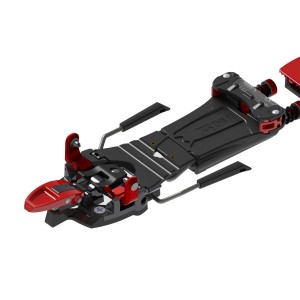
See the Meidjo 2.0 with brakes
Crampons
Dynafit crampons compatibility also adds to this binding versatility. This brand of crampons is readily available so if you need crampons, or already have that brand, this is a great advantage.
The Ability to Alpine Ski
The Meidjo 2.0 will have the option of adding a heel piece (the rear part of a tech binding, see photo a the top of the page)
The more I think about that, the more I see this becoming a big advantage for the Telemark Tribe.
For one, Telemark will always stay a more challenging sport compare to alpine skiing. Variable conditions, necessary strength and fitness, the technique just had to the challenge. To make a hybrid binding is something that’s been talked about for a long time. I remember the first NTN + heel assembly. It was massive.
This is completely the opposite. The identity of the binding as a hole is maintained. It’s still light, tourable and you have a viable option to alpine ski if needed. (I have yet to try this option and I’m still not a big fan of the alpine turn feeling but I might not be the average Telemark skier)
On The Down Side Now (Yep there’s always cons)
Their is no binding that’s got it all and in the end, looking at both the good and the bad will enable you to make your decision.
Availability.
If you are in North America, as this post is written (Fall 2015) the binding is not yet readily available. You can wait and see if dedicated shops like TelemarkDown.com or others will get some to sell or if there is going to be a distributor and so on. My guess is that this is about to change in the near future.
A dreamer’s dream coming true.
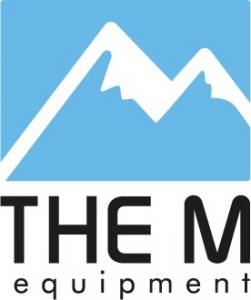
The company behind The Meidjo
The M Equipment is a small company out of the French Alps. Pierre Mouyade, the founder is still handling almost all of the development, operation, manufacturing, selling, and I guess so much more. You have to admire such dedication for our sport. Not many have succeeded on that path and the example of 22 Design establishing themselves has true leaders are rare.
This comes with some hiccups. The ability for a small company to answer all its client’s need can be a challenge. So far, I think Pierre has done an awesome job last season, solving problems as they came, but some promises like the option of a ski brake got delayed back to this season.
The Price
Not so long ago, G3 led the market with its legendary Targa binding. It was (still is) 200$. Then came higher priced bindings with active feeling and free pivots like the O1, the Axl. Lately, the NTN has made the prices grow to meet the alpine touring binding prices. The Meidjo pushes that even further and now join the low-tech bindings price range.
Is the Meidjo worth it’s price?
For some maybe not.
This is somewhat like comparing the prices of the leather boots to the plastic boots. The prices double at the time, and the advantages that came with plastic were a no brainer so the transition was very fast. This is just an example.
Will the Meidjo’s advantages meet with people’s expectations?
That I’m sure.
Once you’re there, price doesn’t matter much.
The Boots and Binding Combo
This is the NTN problem once again. When NTN came around, not only the binding cost a few pennies more, you had to change your boots as well. The Meidjo uses NTN boots that also have low-tech inserts. So far only a few boot models have that option but I think it’s only a matter of time before more and more boot manufacturers put inserts in their NTN boots. Scott has just included inserts in their Voodoo.
Changing boots was a big concern for me. I loved the Black Diamond Custom and the fact that BD has discontinued their Telemark boots was a major push in the back to look for a completely new set up. Having tried the Scarpa TX pro last season, I really love the comfort and touring efficiency but the downhill performance was just not there for me. I really wish that Scarpa would add insert on the TX comp.
Note: This is really my preference. Having a stiff boot is not for everybody and I would recommend you to simply go with what you think is best.
The only really stiff option right now is the Crispy Evo WC. I’m really exited to try these boots out, as they have been a favourite amongst the Telemark world cup racers last season.
Releasable bindings do not solve every thing.
This is a topic I’m passionate about and that I’ve talked about in the past.
The Meidjo brings a release system but it’s not perfect. There is an independent screw that adjusts the release tension and that’s better than the Rottefella NTN. But there is no chart available on where to set the screw. I’ve simply put it in the middle.
False sense of security: A couple years back I tried a super light AT set up. It was a prototype of the Carbon Megawatt with super light low-tech bindings. I usually have no problem skiing with alpine equipment and my confidence level is as high as on my Telemark. But the look of those tiny binding holding such fat planks didn’t seem safe. I was scared for my knees.
In the Alpine Skiing community, a lot of talk is made about the safety of bindings. The truth is that alpine skiers main injuries are knee related due to binding release or non-release at the time of the injury. This is still the main problem whatever the system you use. No wonder the DIN talk is so polarized.
On the Telemark scene, this subject is not as much polarized. Most of the bindings do not have a release system at all. And knee injuries are still lower than for alpine skiers. you can check these websites for more info here and here. More recent data should be available soon and you can participate to survey here
Behaviour, age group are strong factors but the tendency of the binding and boots to absorb some of movement that causes injuries on alpine skis are also contributing.
Should you have a release binding?
In short yes.
No argument! Telemark bindings with release are safer, so why not!
All this to say that the Meidjo could provide a chart to set the best possible tension. Still, the best way to save your knees is your behaviour as a skier and luck. Equipment comes third in my mind.
Conclusions
Can one binding become the new norm and dominate the market? Probably not. I’d like to point out a really great article by Craig Dostie where he talks about most bindings on the market with there specs and some grat info here. (Once you are on the Website, type in Meidjo in the search bar and will have a great number of articles as well)
If it ain’t broken don’t fix it, again
Bindings in the 75mm will continue to be popular for a number of years. Bindings like the Bishop 2.0, the O1, the AXL, the classic Rottefella Cobra to name a few have the legions of addicts that are not ready to change their minds. I was very happy with the O1 from Black Diamond and the 8 reasons pointed above really made the difference.
Rottefella NTN bindings and the new Outlaw NTN from 22 Design are viable options if power is your main concern. The new Outlaw looks to be a great option with a true touring mode. I think it will attract a lot of hype this season.
The original TTS and the clone like MoonLight binding are simple and efficient bindings and both also promises the alpine heel option. In fact, MoonLight already have it for sale. I have not tried any of those options. I have had great comments about both of them, especially the original TTS that have been around for a while. In the end I wish that this TTS family will spread to a point that it will rejuvenate the Telemark industry. Having lighter bindings will lead to lighter boots and we’ll then have a say in backcountry travel like we use too.
In the end, I chose the Meidjo because it brings the best out of every system.
It seems like the perfect compromise, the best upward and downward combo. The step in, the feeling, the brake…
I will even mount my resort skis with them, so it’s not only a backcountry solution.
I really think that the TTS family is the future for our sport.
The Meidjo is the best all in one solution in that category for me.
If you agree with me thus far, you have to be excited for what is to come for our sport.
Is the Meidjo perfect? Time will tell but so far the 2.0 version sure looks close to perfect for me
I have telemarked for 19 years now on 5 bindings. All 75mm classic duckbill bindings. Every time I change, I never looked back. This is now the 6th binding.
I’m ready for a change.
You can check The M Equipment website for more info on the Meidjo
What are your thoughts on the subject, are you ready for a change? Write a comment below and don’t forget to share with the Telemark Tribe around you.

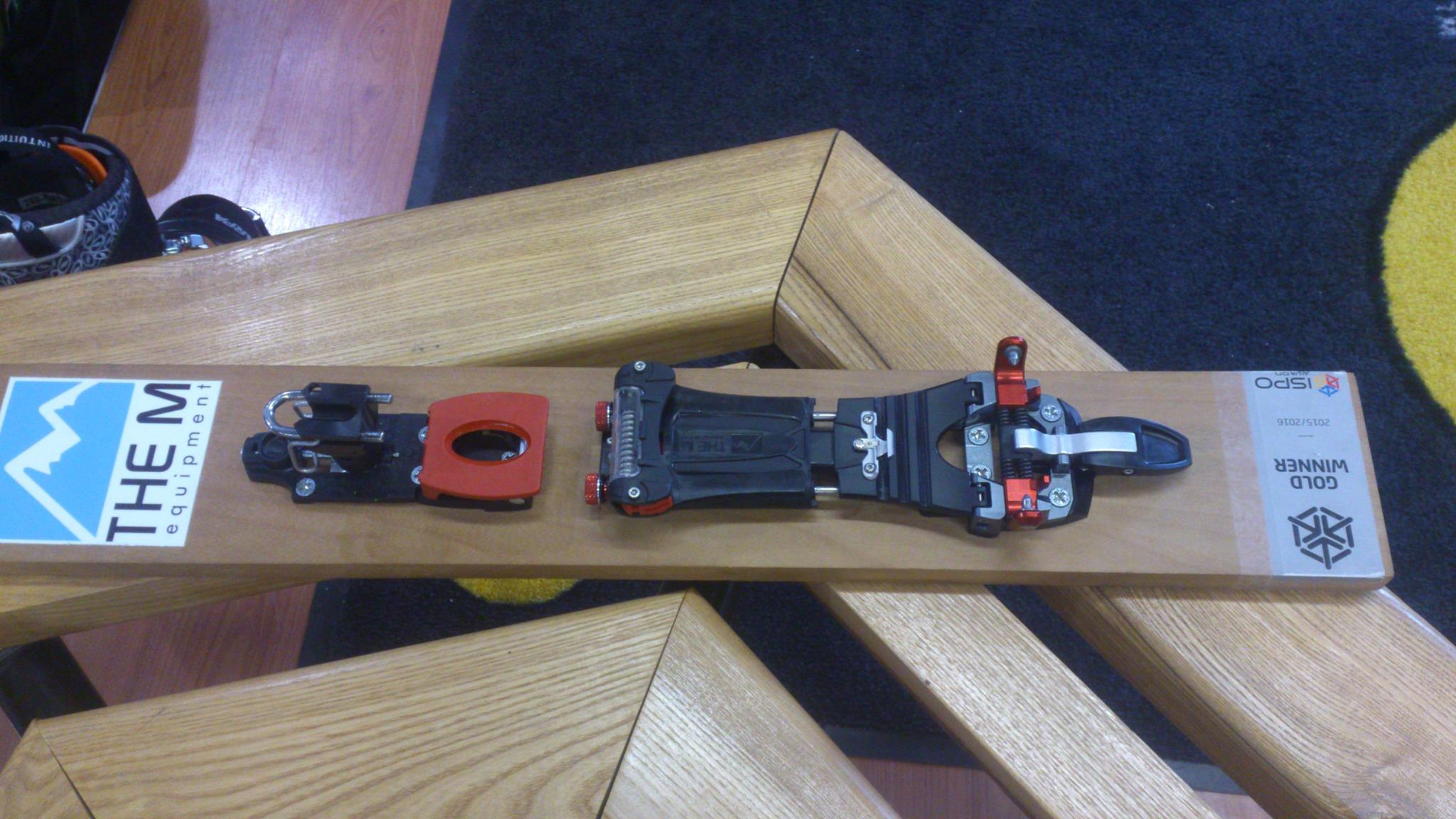



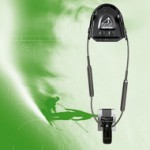


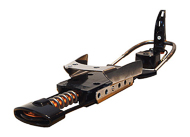
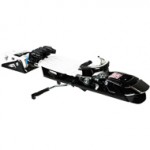
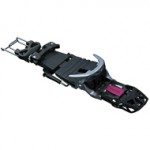



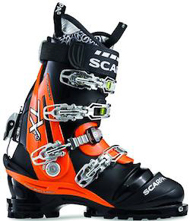
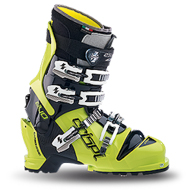
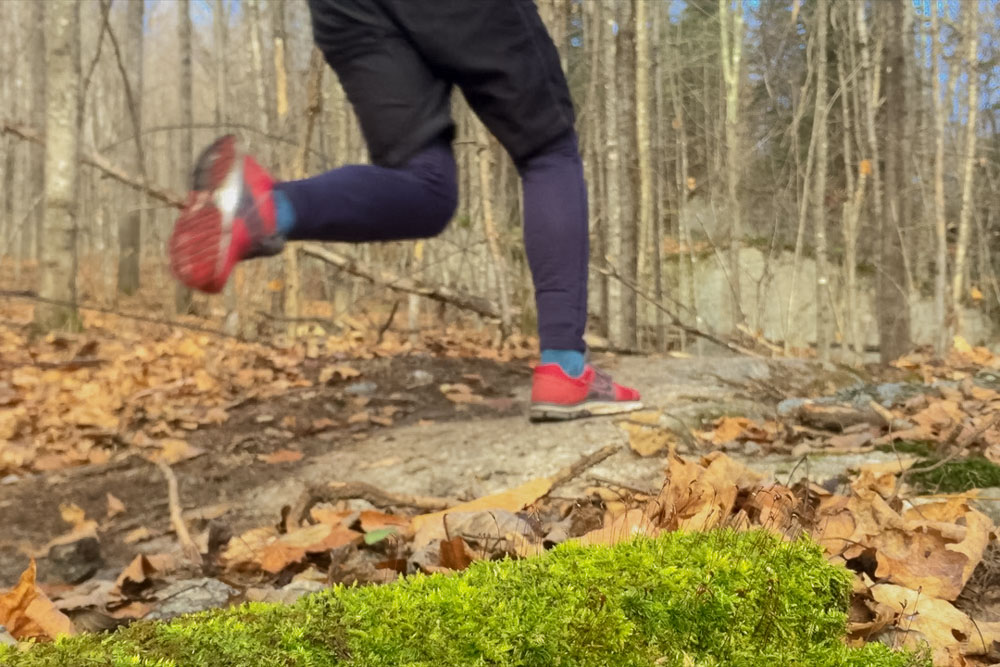

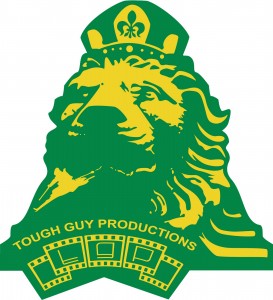


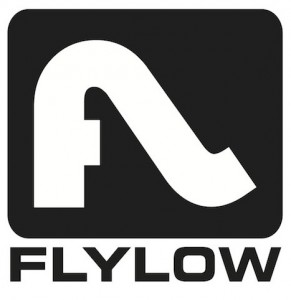








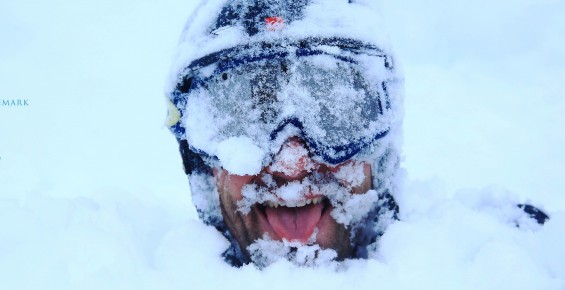
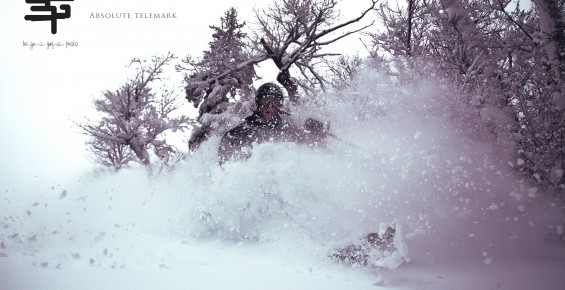

What others think about it